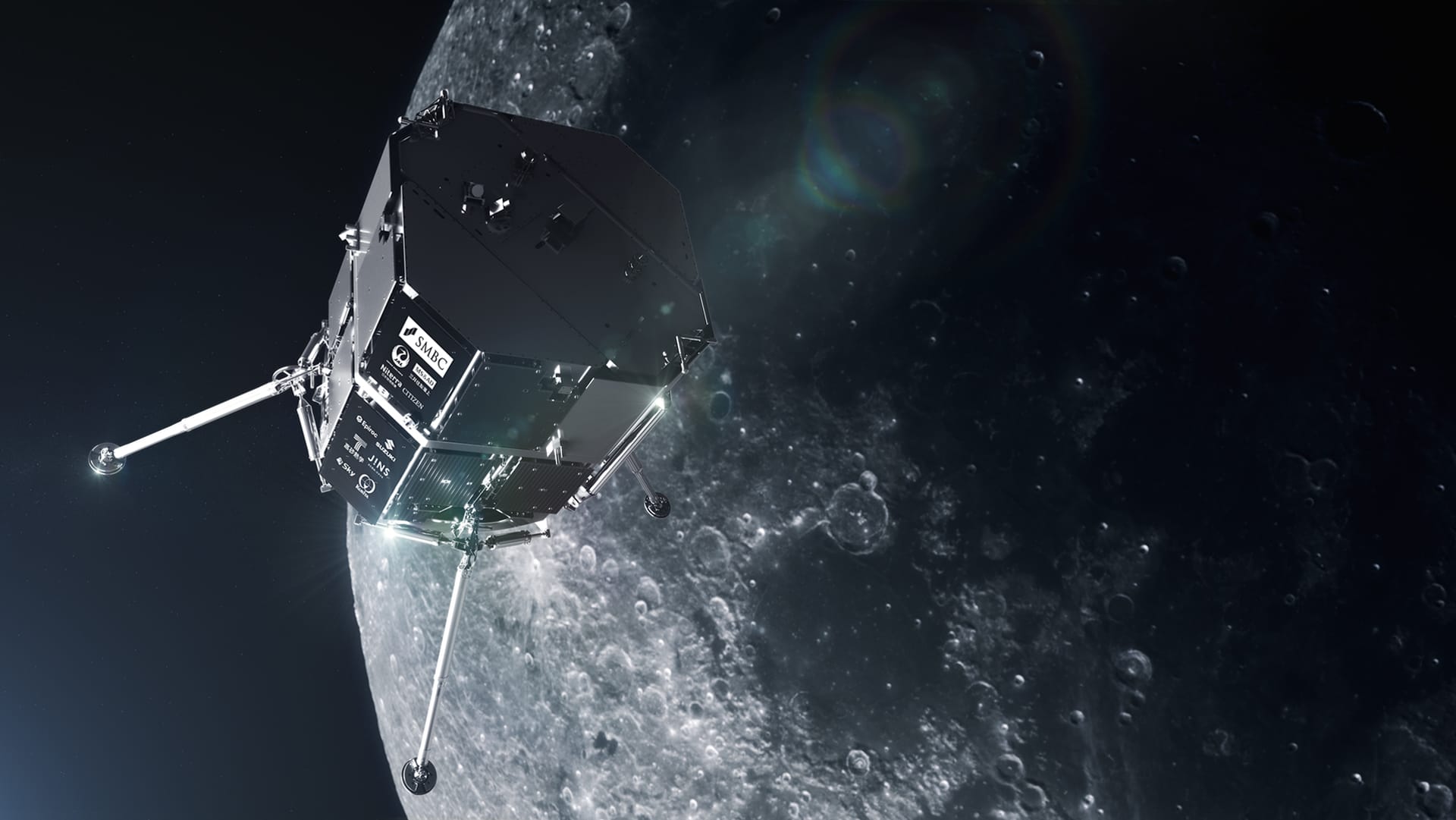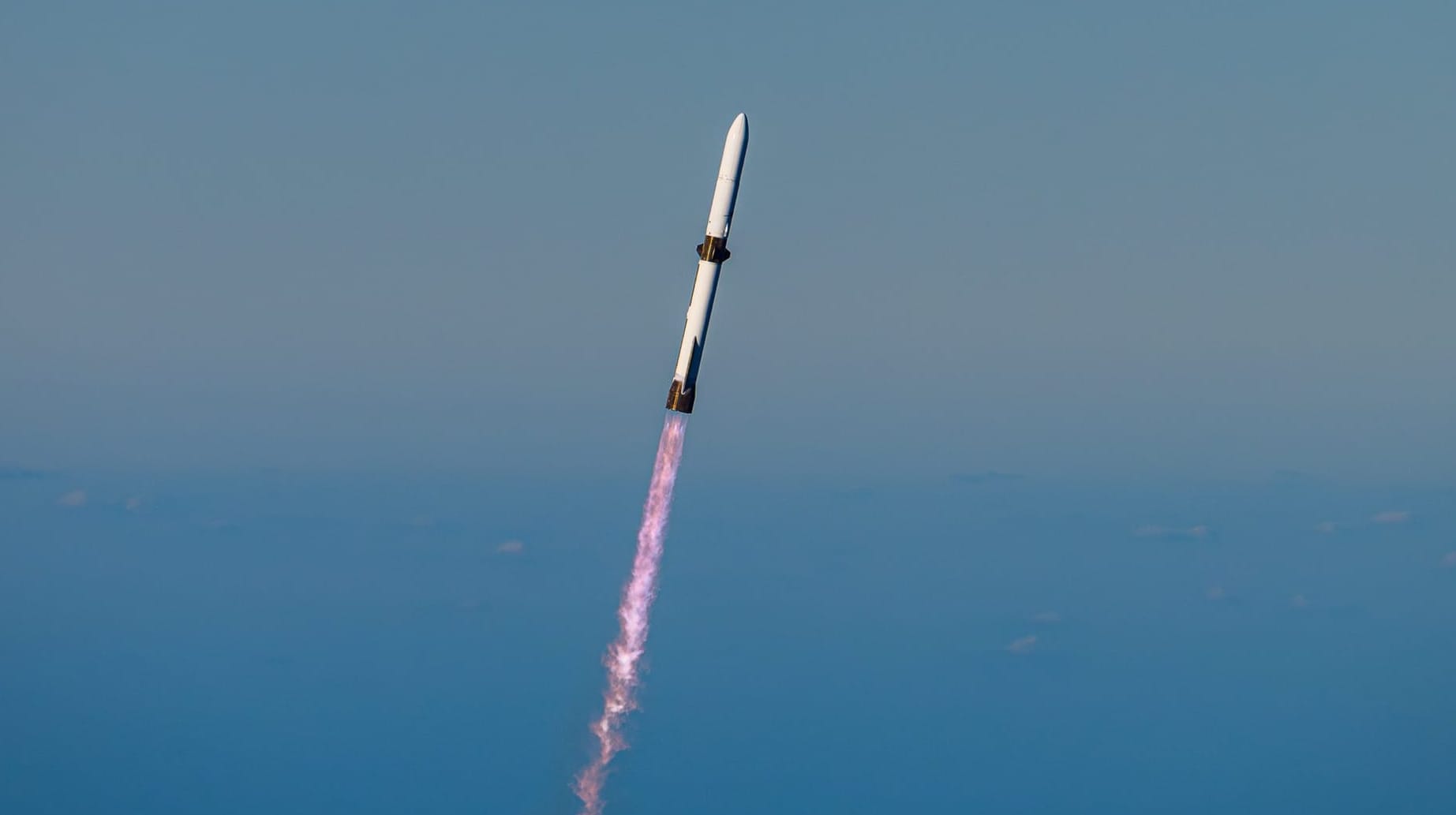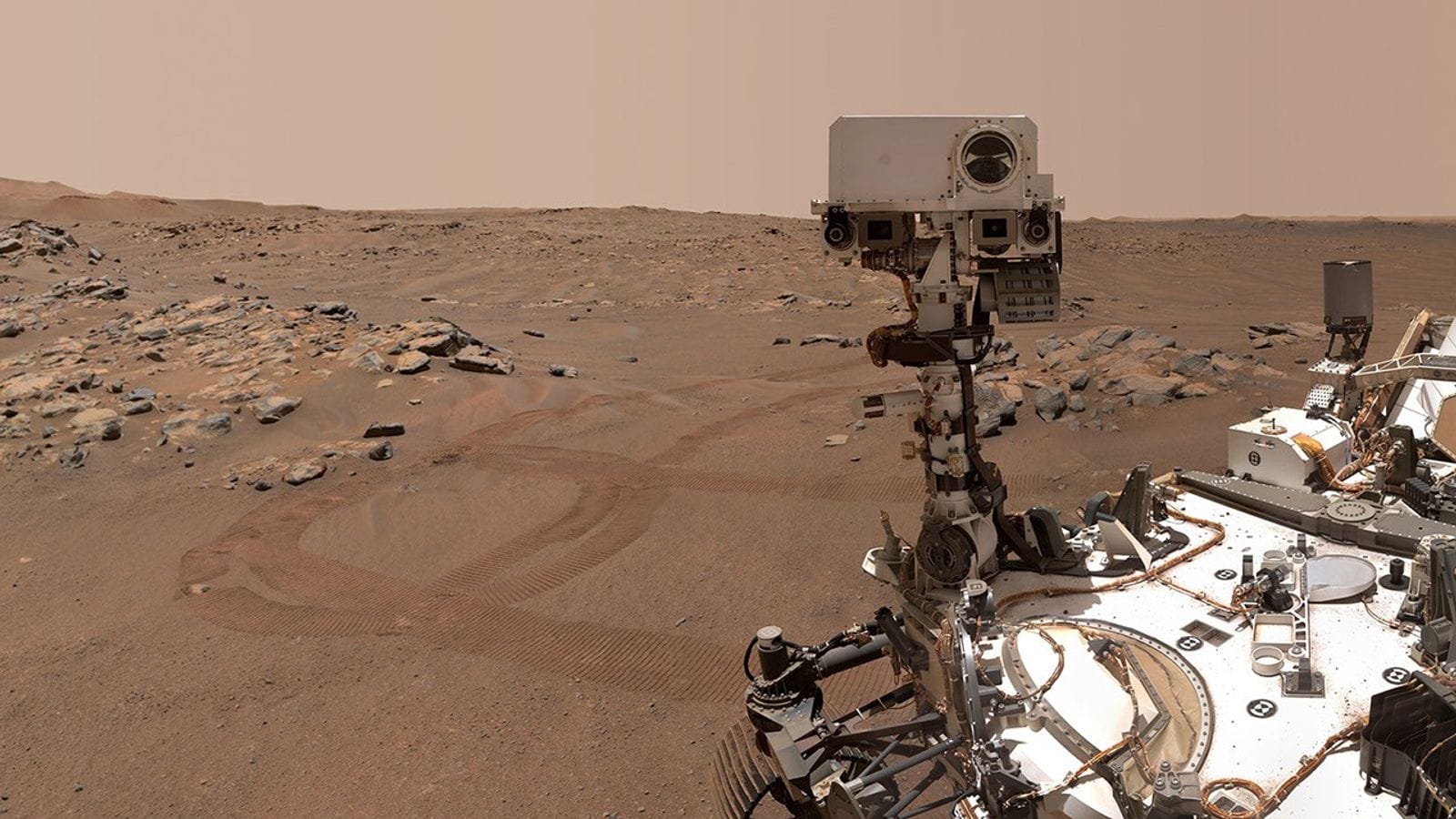Table of Contents
ispace launched its second Hakuto-R spacecraft for a lunar landing mission back in mid-January, with the spacecraft spending the last five months heading to the Moon on a slow but fuel-efficient trajectory. On May 31st, the spacecraft entered lunar orbit in preparation for its landing attempt.
That landing attempt began on June 5th as planned, with Hakuto-R moving from an altitude of 100 to 20 kilometers before firing up its main engine for a powered descent toward the surface. The powered descent went as planned until around two minutes before a planned touchdown, with telemetry occasionally dropping out.
In the final two minutes of the mission, telemetry indicated that Hakuto-R was losing altitude fast but still maintaining a speed to high for a soft landing.
ispace currently believes that the laser rangefinder used to measure the distance to the lunar surface experienced delays in obtaining valid measurement values, leading to a higher-than-intended speed in the final moments of descent toward the lunar surface. Due to this, the company is assuming that the spacecraft performed a hard landing.
Following the hard landing, Takeshi Hakamada, Founder and Chief Executive Officer of ispace, stated:
"Given that there is currently no prospect of a successful lunar landing, our top priority is to swiftly analyze the telemetry data we have obtained thus far and work diligently to identify the cause," – "We will strive to restore trust by providing a report of the findings to our shareholders, payload customers, HAKUTO-R partners, government officials, and all supporters of ispace."
ispace has previously flown one other Hakuto-R mission, which made it a few kilometers above the lunar surface before being lost after the spacecraft believed it was on the surface when it was actually five kilometers up. After the thrusters ran out of fuel from maintaining altitude, the spacecraft plummeted toward the surface.
What is Hakuto-R?
Hakuto-R is Japanese lunar exploration company ispace's privately developed lunar lander, capable of delivering various payloads, including rovers, to the Moon's surface. ispace explains the journey of developing Hakuto-R as follows:
"“HAKUTO” means “white rabbit” in Japanese. In legendary folklore in Japan, it is said that a white rabbit lives on the Moon. This was the inspiration for the name HAKUTO, one of the 5 finalists in the Google Lunar XPRIZE competition—a race for the first private lunar exploration mission."
"Managed by ispace, and supported by sponsors, a passionate crew of volunteers, a large fan club in Japan, HAKUTO competed in the race for the greater part of the past decade. In 2015, the team achieved a $500,000 milestone prize, and in 2017, it completed and delivered a flight-ready rover to its launch location. However, since ispace relied on a partner for the lander and launch, which were not fulfilled, and as no other contestants were capable of completing the mission, the competition ended in March 2018 without a winner. As a result, Team HAKUTO officially closed."
"Now, six months later, ispace has brought back the “HAKUTO” name as the Program Name for its first two lunar missions. Thus, the “R” stands for “Reboot” in the spirit of reenergizing our motivation and drive toward our goal. As an evolution of the HAKUTO logo, the HAKUTO-R logo combines the concepts of a lunar orbit and the Moon’s surface, which together forms the design of a white rabbit similar in shape to an “H” for HAKUTO."
Various payloads, including a UNESCO memory disk, were onboard the lander and were as follows:
- Water electrolyzer equipment: From Takasago Thermal Engineering Co.
- Food production experiment: A self-contained module from Euglena Co.
- Deep space radiation probe: Developed by the Department of Space Science and Engineering, National Central University, Taiwan
- Commemorative alloy plate: Developed by Bandai Namco Research Institute, Inc. and modeled after “Charter of the Universal Century” from the animation Mobile Suit Gundam UC
- TENACIOUS micro rover: Developed by ispace-EUROPE, this rover will explore the landing site, collect lunar regolith, and relay data back to the lander. It will be equipped with a forward-mounted HD camera and a shovel.
- Moonhouse: A model house by Swedish artist Mikael Genberg that will be mounted on the rover






